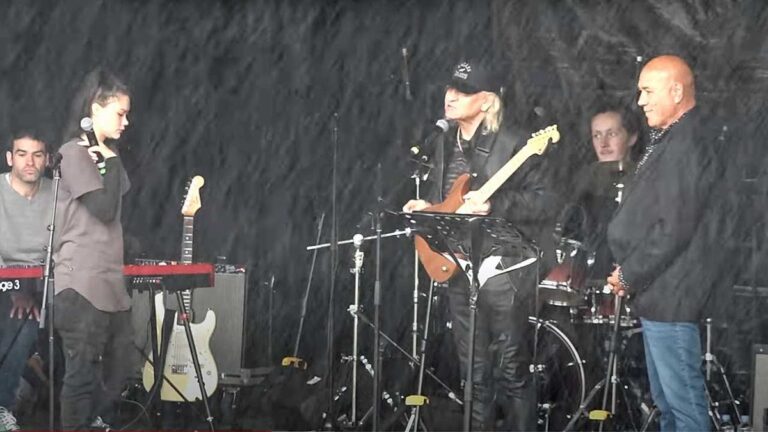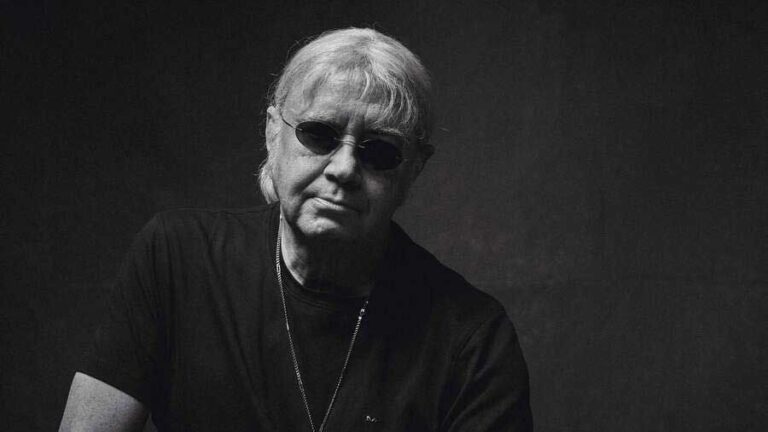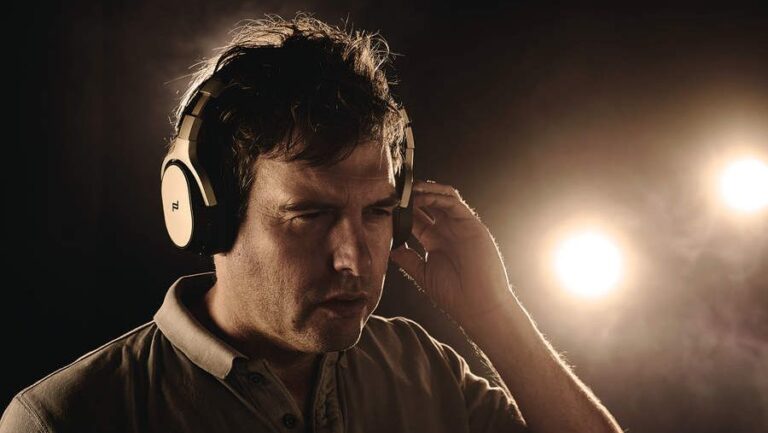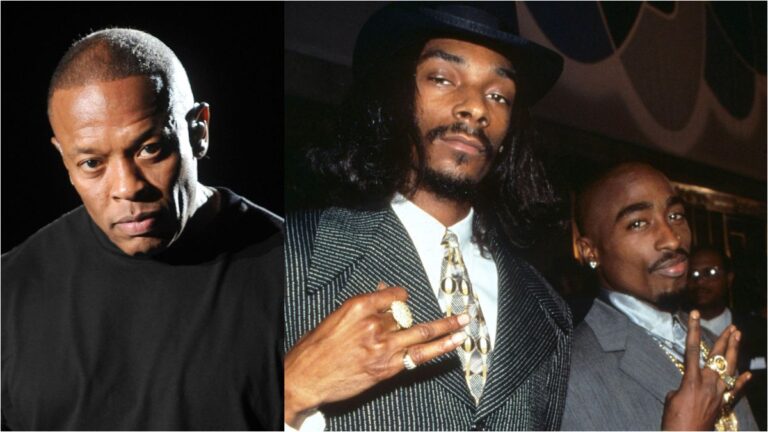Unleashing the Power of Metal: The Creative Sparks Behind Quake and Doom. Transforming Passion into Pixelated Power: The Metal Roots of Quake and Doom. From Metalhead to Game-Changer: The Music-Inspired Origins of Quake and Doom.
In January 1993, upstart US game developers id Software put out a press release announcing a game that would revolutionize the world. According to the press release, it was set in a scientific research facility where “wave after wave of demonic creatures are spreading through the base, killing or possessing everyone in sight”. Gamers would play one of four off-duty soldiers. “As you stand knee-deep in the dead, you must eradicate the enemy and find out where they’re coming from… the safest place is behind a trigger.” The hyperbole didn’t stop there. Such was id’s confidence in the game, they proclaimed that they “fully expect it to be the number one cause of decreased productivity in businesses around the world”. They had a striking name for this soon-to-be released classic: Doom. The only problem? Its creators had yet to write a single line of code for it. Not that the devs at id were worried. They’d already upended the industry the previous year with the anarchic Wolfenstein 3D, a dark, blood-soaked, shoot-the-Nazis counterpoint to Mario and Sonic, with cutting-edge audio that allowed players to feel the impact of every bullet they fired into the bad guys. That game, like its yet-to-be-written follow-up, had been created by a team that worked and partied together in a small housing complex in Mesquite, Texas. Unlike such corporate counterparts as Electronic Arts, id Software’s informal office was more like a university hangout. These four 20-somethings spent their days laughing, coding and blasting metal late into the night as they tinkered with game engines and pushed computer tech to its limits. John Romero, who co-founded id in 1991, was the lead designer on Wolfenstein 3D. “We were all total metalheads, and that attitude really started coming through,” says John, speaking to Hammer via Zoom. “There wasn’t a game that was that violent, the crazy speed… it was genuinely shocking.” But it was nothing compared to what John and the id team had in mind for Doom. Sending players straight into the depths of Hell, the vision for id’s gnarly demon-slaying epic was to bring their favorite metal album covers to life. Hitting shelves and shareware sites in December 1993, Doom was an instant phenomenon, matching Wolfenstein’s first-month sales in just one day. Sign up below to get the latest from Metal Hammer, plus exclusive special offers, direct to your inbox! One-upping Wolfenstein’s sense of speed and combining it with a uniquely hellish brand of futurism, it was unlike anything else in videogames. Bury Tomorrow bassist Davyd Winter-Bates remembers booting up Doom’s iconic title screen as a young kid. “I had to get my uncle to buy it for me,” he says. “After Wolfenstein 3D, I thought shooters couldn’t get any better, but Doom really blew me away. The weapons, the soundtrack, the speed… it was just super-, super-cool.”
How did id wind up creating the most metal video game to ever hit the medium? For John Romero, metal wasn’t just a soundtrack, it was his life. Moving from the US to England as a computer-loving teenager in 1983, it was here that he fell in love with the genre. “I used to be in the back of the bus going to high school, and they’d have a giant boombox,” he says. “I’d crank it all the way up and play Accept until everyone’s head was banging!” He was a budding singer, even trying out for a metal band. “But it didn’t work out because they wanted me to scream,” he says. “So I stuck with programming.” Metal’s loss was gaming’s gain. When John and his id colleagues began working on Doom, their only thought was, “This is gonna be the best game in the world.” As Pantera blasted out of the id office speakers, something took shape that was darker and more violent than anything ever released before. Doom felt like it was written in blood. Its giddying speed, unrelenting violence and terror-inducing sense of momentum were an adrenaline-pumping shotgun blast to the face, while its demonic imagery, metal-inspired cover art and scalpel-edged logo was metal brought to (virtual) life. All it needed was a killer soundtrack to match. “It wasn’t ever like, ‘Hmm, what kind of music should we use?’” says John. “It was so obvious that it was metal.” The only snag was that id’s longtime composer, Bobby Prince, wasn’t a metal fan. Instead, he loved jazz. Cue John and the rest of id going full School Of Rock and giving him a crash course in the genre. “We sat him down and said, ‘Right, let’s talk about metal,’” says John. “Between us, we had all the bases covered – prog metal, thrash etc. We gave him CDs from Pantera, Slayer – different groups that had certain sounds that would be really cool to translate to MIDI [Musical Instrument Digital Interface]. Alice In Chains, too. Even though that was kind of grunge, Jerry Cantrell was a badass metal guitarist.”
This intensive program of homework paid off. Listen to the still-iconic soundtrack today, and the thrash influence clearly punches through the virtual instruments. The metallic MIDI bleeps and bloops added a mosh-ready feel to the carnage. “Bobby did a really great job making the music,” John says. “Even today when people talk about how metal Doom was, they still remember what it was like to hear those songs back in the day and how crazy that was, because you just didn’t have anything like that. But today… it’s horrible!” he adds with a laugh. For the young Davyd Winter-Bates, that “horrible” soundtrack changed him forever. “I played Doom before I was even properly into metal,” he says. “I was listening to all those 8-bit riffs, like, ‘This isn’t pop music!’ I think a lot of my love of real heavy thrash riffs comes from slaying beasts in Doom.”
As Doom’s legend spread, its influence inevitably fed back into the metal world. “Gwar were nuts about Doom!” John Romero recalls excitedly. “It was like, ‘Holy crap!’ Rammstein played Doom all the time, too. Doom massively influenced the creation of that group.” One of Doom’s most famous fans was Trent Reznor, who became obsessed with the game on tour. Such was his fandom, that the Nine Inch Nails leader would collaborate with id to create the soundtrack to Doom’s landmark follow-up, Quake. Abandoning its predecessor’s apocalyptic hellscape for a more gothic castle-style locale, Quake swapped Doom’s gore-splattered approach for shuffling undead, oppressive atmospherics and a deeply unsettling brand of supernatural horror. “I knew when we were making Quake that what it needed was disturbing industrial music,” John recalls. “We thought, ‘What if we had Nine Inch Nails do the soundtrack?’ Who didn’t love NIN? The Downward Spiral was brilliant.” Coincidentally, id and NIN shared an agent, though John and his colleagues didn’t know that at the time. One of the company’s business guys reached out to the band to see if they would be interested in getting involved.
“They go, ‘Holy shit, we play Doom all the time!’” says John. “And then Trent comes out to see us.” John recalls that, at the time, he had lingering doubts about whether NIN could pull it off. “I was like, ‘That’s fucking cool, but can they do no lyrics? Can they just make an unsettling thing?’ Because their sound is great, but it’s also very high-energy industrial, can they do something that’s not as high energy?” The finished soundtrack proved they could. “The Nine Inch Nails soundtrack was so good,” says John. “I needed Quake to be a deeply unsettling and violent world where you don’t feel safe, and they matched exactly that aesthetic.”
Quake may have redefined 3D videogames when it was released in 1996, but much like its cast of formidable demons, Doom refused to die. A successful sequel, Doom II: Hell On Earth, landed in 1994, its code allowing fans to constantly mod new single and multiplayer maps into the game. Two more spin-offs, Final Doom and Doom 64, arrived in 1996 and 1997 respectively. Like so much connected with metal culture before it, Doom became embroiled in controversy. In 1999, two teenagers, Dylan Klebold and Eric Harris, shot and killed 12 students and a teacher at Columbine High School in Colorado, before turning their guns on themselves. The media picked up on the killers’ love of Doom, making it a scapegoat for the shootings alongside Marilyn Manson.
By the mid-2000s, Doom’s popularity had finally been superseded by other games. Doom 3, a reboot of the original game, was released in 2004, but fans didn’t respond well to its slower paced take on survival horror. Yet this brooding behemoth refused to stay buried. In 2016, 12 years after the last installment, Doom emerged roaring once more in the shape of a reboot that reimagined its demonic limb-blasting for a new generation of gamers and metal fans alike. John Romero was no longer involved with id Software, but the Doom reboot enlisted Mick Gordon, an Australian musician and acclaimed videogame composer, to work on a soundtrack that would become as iconic as the original. He was blown away by how the developers working on the new version had nailed the feeling of the original game.
Yet the people behind the game had one significant request. “One of the pre-conditions of working on Doom was, believe it or not, no metal. Nothing,” he told PC Gamer in 2016. “You’d think it’d be the opposite, right? The worry was that it would be corny.” Thankfully, Mick sneakily incorporated more and more guitar into his compositions, morphing an unsettling electronic soundtrack into something with the teeth to match its snarling demons. The end result was a brutal, low-tuned, riff-filled sonic assault – a sophisticated realization of what Doom could have originally sounded like.
The game itself was a hit, shifting two million copies in its first year on sale, and Mick’s crushing soundtrack – a mix of industrial, djent and extreme metal – became a success in its own right. He even ended up performing a track from it live at the 2016 Game Awards, backed by drummer Matt Halpern of prog metallers Periphery.
“Mick is obviously immensely talented, and obviously loves Meshuggah, like everyone should,” says Periphery guitarist Misha Mansoor, an avid fan of the Doom reboot. “I remember hearing that soundtrack and playing that game and just thinking it’s so awesome that something like this could happen, because this is not the safe choice. Generally, first-person shooters have heavy electronic elements or dark industrial elements, so players think they’re gonna get electro, and then when it hits, it’s a metal riff. And that’s so cool.”
Bury Tomorrow’s Davyd Winter-Bates sees Mick Gordon’s soundtrack as being just as important to late-2010s metal as the original was to the early-90s scene. “Yes, it can be a gateway to more people liking metal, but, at the same time, those extra soundscape elements also show us what that genre can do,” he says. “The only problem I have with that soundtrack is sometimes the riffs are too good, and they distract when you’re playing.”
And John Romero? The Daddy of Doom himself was blown away by the soundtrack. “I love it!” he enthuses. “It was really awesome. Mick Gordon did such a great job.”
As with the original Doom more than two decades earlier, the reboot’s influence bled into the metal world. Misha Mansoor says he saw an upswing in interest in djent and tech metal from people who might not have otherwise encountered it.
“It was a perfect storm, because Mick did a really, really great job with the soundtrack,” he says. “People got to experience what metal could be, as opposed to this sort of watered-down impression of what someone thinks it is. When someone gets to experience that in earnest, you can have those ‘Oh shit!’ moments where everything clicks, and it becomes your gateway drug.”
Mick Gordon himself has become a go-to collaborator for metal bands. Bring Me The Horizon enlisted him to work on 2020’s Post Human: Survival Horror album. The composer has also worked with the likes of Architects, Motionless In White and Monuments, while the 2016 iteration of Doom and its acclaimed 2020 sequel, Doom Eternal, influenced Bury Tomorrow’s 2023 album, The Seventh Sun.
“Part of what makes that soundtrack so good is everything that’s going on – from the squelching to the shooting, to the reloading to the voiceovers – it all ties in,” says Davyd Winter-Bates. “On our last record, we started to do that with things like chains and sirens, weird things that we would just be like, ‘Hey, we should put this noise on there!’ I really liked the idea of pulling in things that aren’t necessarily instrumental into our music. Adding in those things comes from playing games like Doom.”
John Romero’s time working on Doom may have come to a close long ago, but his love of the series and for metal has never left him. Now living in Galway, Ireland with wife and fellow game developer Brenda Romero, he still attends as many metal gigs as he can. Recently, he’s contributed to Iron Maiden’s Piece Of Mind comic book, celebrating the band’s 1983 album.
Right now, John and his studio, Romero Games, are working on an all-new shooter that’s shrouded in secrecy. Whether or not it’ll have the same impact as Doom remains to be seen, but the legacy of John’s blood-soaked art continues to reverberate in the worlds of gaming and metal alike.







